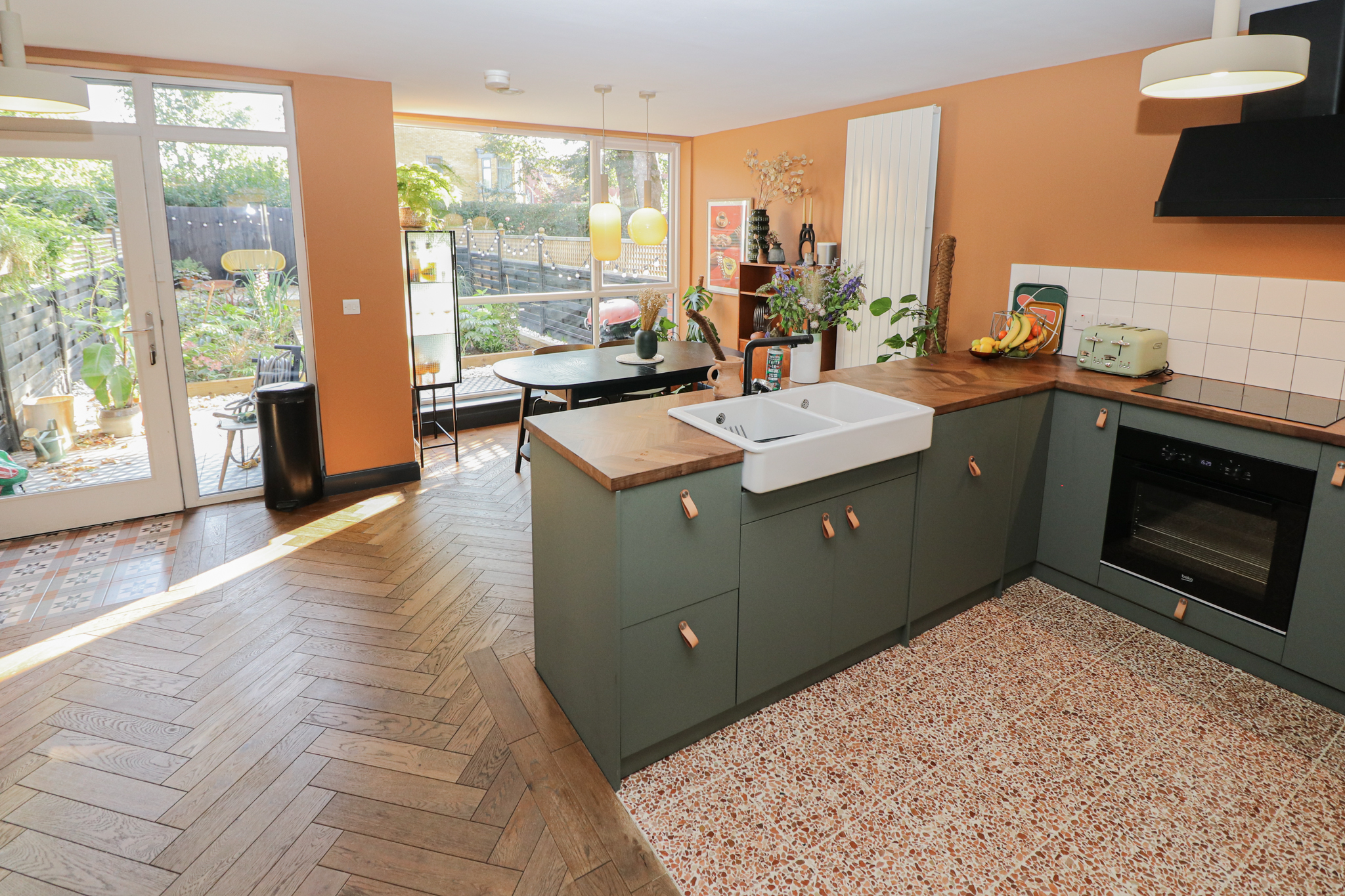How to prepare your home for sale
When we value a property, we are always happy to offer advice on how to maximise the likely offer price and encourage a fast sale. It’s not unusual, of course, for vendors to be concerned about the cost of any changes we might suggest, both in terms of money and time, but the return on that investment could be significantly higher than the outlay – again, in terms of both money and time.
What must never be forgotten is that buyers who are ‘looking for a project’ are not the norm. There are some people, of course, who are proactively seeking a property that can be described as in need of a little (or a lot) of TLC, well aware that these are the ones where they can negotiate a lower price, but in our experience most buyers simply want to move in and relax, happy in their new home, without a whole list of jobs to do before they are content with their decision.
One of the quickest ways to convince potential buyers that they can do just that is to spruce up and declutter. The latter is simple (well, simple-ish) and requires little more than a collection of boxes and a tough stance on whether to store, donate or throw away.
The former – well, that can be less simple, but we always start with paint. The first impression is always the most powerful, so it’s important you look at both the outside and the inside of your home as if through a stranger’s eyes.
Look for these signs that your home could do with a fresh lick of paint:
- Paint is chipped, cracked or stained (on the corners of walls, where people grab doors, at the end of the bannisters, etc
- White paint on your doors, window sills and skirting boards has yellowed over time
- The colours you have chosen for your interior paintwork are quite bold, so may not appeal to everybody
- The exterior paintwork clashes with the other houses in the area – you might like to stand out from the crowd, but most people like to blend!
- The exterior paintwork is noticeably weathered – a prospective buyer doing a drive-by may take one look and assume that chipped windowsills or a dodgy door, or rendering that’s not been fully painted, means residents who haven’t kept up with the level of care a property needs
Touch up or completely repaint?
It may be that the outside of the house could simply do with a good jet-wash and touch up. It’s best to get advice from a professional painter, however. External paint, once it starts to peel, is usually best stripped back and re-done.
Assess your front door. We push through our doors every day, but are always focussed on getting through it, not on the door itself. It may be well past time it had a good clean and a repaint!
Inside the house, the temptation will be to patch over the worst bits, but this is likely to simply draw attention to the tweaks you’re attempting to make. Paint does change colour over time, so even if you kept the pot, and it’s still viable, it’s unlikely to wholly match the paint on the walls.
If your walls are looking a little tired, or the fabulous mustard yellow in your living room might turn off viewers, repaint the walls with a neutral colour that will allow prospective buyers to easily project their own style into the room and imagine themselves living there.
Check your ceilings: We don’t look up often, which means ceilings tend to get overlooked when cleaning or decorating rooms. Visit each room and have a good look up. There may be cobwebs in corners, the remains of water-leak stains, or fine cracks along joist lines that might worry buyers.
If you have any questions about what you should be doing to ‘stage’ your home for a fast sale, always ask your estate agent. We see what other houses in the area look like, we know what buyers are seeking – and what they want to avoid. We can tell you immediately if cracking open the paint cans will be worth your time, energy and money, or not. And we can recommend local trades to help you out, too.
(Picture used from Fry Street, Whalley Range).
Eddie – Friday 8th July 2022.



